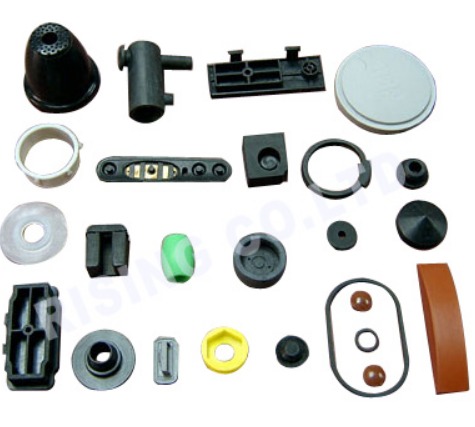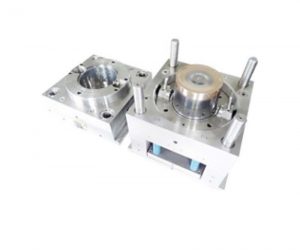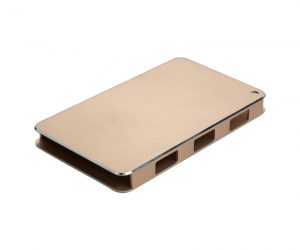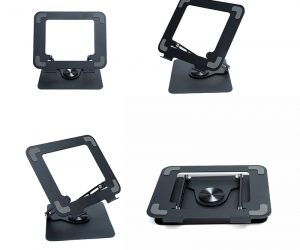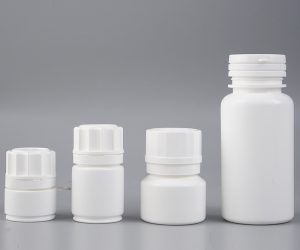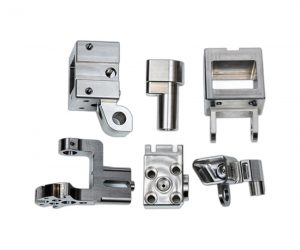Purging is a vital maintenance procedure in injection molding that ensures the machine and mold remain clean between production runs, particularly when changing resins or colors. The goal of purging is to remove any residual material, contaminants, and degraded plastic from the barrel, screw, nozzle, and mold, thereby ensuring the stability and quality of the next production run.
Benefits of Purging
- Maintains Product Quality and Color Consistency:
- Purging ensures that no residual resin, colorant, or contaminants affect the quality of the new material. This helps maintain consistent color and product appearance, reducing the chances of defects like streaks, specks, or burn marks.
- Improves Production Efficiency:
- By effectively removing residual materials, purging minimizes machine downtime between color or resin changes. This leads to a smoother, more efficient production process.
- Reduces Material Waste:
- Purging ensures that the machine is clean before introducing a new material, minimizing the waste caused by contamination and discoloration of parts that would otherwise be scrapped.
- Prevents Machine Wear and Degradation:
- Regular purging prevents the buildup of degraded material, which can lead to blockages, carbon buildup, and damage to machine components over time.
- Saves Time and Labor:
- A proper purging procedure reduces the need for multiple cycles or manual cleaning, thus saving labor time and reducing overall maintenance costs.
Purging Methods
Purging can be performed using several methods, each suited to different types of materials, machine conditions, and cleaning needs. The main methods are:
1. Mechanical Purging
- How it works: A purging compound with a higher viscosity, melting point, or abrasiveness than the resin is used to scrub the barrel, screw, and nozzle. This physical cleaning action helps dislodge residual material.
- Best for: Most resins and color changes.
- Advantages: Effective at removing a broad range of contaminants; suitable for regular maintenance.
- Disadvantages: Requires higher temperatures and screw speeds, and may be abrasive to the machine.
2. Chemical Purging
- How it works: A purging compound that chemically reacts with the resin to break it down, making it easier to flush out. This method is often used for materials that tend to degrade or crosslink.
- Best for: Resins like PVC, POM, PBT, and PC that are prone to degradation or crosslinking.
- Advantages: Effective for removing stubborn materials that do not come out easily with mechanical purging.
- Disadvantages: Requires longer soak times and careful handling due to potential safety hazards. It may also leave behind residues if not done properly.
3. Ultrasonic Purging
- How it works: Uses ultrasonic waves to create microbubbles that burst and dislodge residual materials from hard-to-reach areas in the machine and mold.
- Best for: Removing stubborn deposits or contaminants that cannot be easily cleared with mechanical or chemical purging.
- Advantages: Highly effective for thorough cleaning of hard-to-reach parts.
- Disadvantages: Requires special equipment and expertise, and is typically more expensive.
Purging Compounds
Purging compounds are specially formulated materials designed to clean the internal parts of the injection molding machine, including the barrel, screw, and nozzle. They are formulated to remove residual resin, contaminants, and colorants.
Key Factors When Choosing Purging Compounds:
- Compatibility:
- The purging compound must be compatible with the type of resin, colorant, and machine being used to avoid damaging the machine or mold components.
- Performance:
- Purging compounds should have good flowability, cleaning ability, and dispersion properties. They must effectively remove residual material without leaving behind any harmful residues.
- Cost:
- Purging compounds should offer a good balance of performance and cost-efficiency. The cost of the compound should be weighed against the time, labor, and material savings it provides.
Purging Procedures
While the exact purging procedure can vary depending on the type of machine, resin, and purging method, the following general steps outline the typical process:
- Prepare the Machine:
- Ensure the machine is in good working condition. Check for any visible contaminants in the hopper, feed throat, or mold areas.
- Set the machine’s shot size to about 25% of the injection capacity.
- Adjust the machine to manual mode for more precise control during the purging process.
- Load the Purging Compound:
- Load the appropriate purging compound into the hopper. If using a chemical compound, ensure safety precautions are in place, such as wearing protective gear.
- Purging the Machine:
- For mechanical purging: Increase backpressure and screw speed to the maximum safe levels. Continue purging until the compound emerges from the nozzle clean and free from residue.
- For chemical purging: Soak the purging compound in the barrel for the recommended time (usually 3-5 minutes). Purge the machine until the compound is clean.
- For ultrasonic purging: Activate the ultrasonic device and perform the purging process until the machine is clean.
- Rinse the Machine:
- After purging, load the next resin or colorant to clear out any residual purging compound. Purge until the next material flows cleanly from the nozzle.
- Final Inspection:
- Visually inspect the machine, nozzle, and mold to ensure that no contaminants remain. Check the quality of the parts produced after purging to confirm that the process was successful.
Purging Tips
To optimize purging and improve results, consider the following best practices:
- Purge Regularly:
- Include purging in your regular preventive maintenance program to avoid carbon buildup, color contamination, and resin degradation.
- Purge Before Shutdown:
- Perform purging before long machine shutdowns to prevent issues like moisture absorption, oxidation, or crystallization in the resin.
- Purge After Startup:
- Purge after starting up the machine from a cold state to prevent defects like air pockets, bubbles, and improper resin melting.
- Use Proper Settings:
- Always follow recommended settings for temperature, pressure, and speed to ensure effective purging and avoid damaging machine components.
- Use the Right Amount of Purging Compound:
- Ensure the correct amount of purging compound is used—too much can lead to unnecessary waste, while too little may leave residue behind.
- Optimize Timing:
- Purging time should be optimized to prevent unnecessary production downtime while ensuring that the machine is completely cleaned.
Conclusion
Purging is a critical procedure for maintaining the quality, efficiency, and longevity of injection molding machines. By removing contaminants, colorants, and degraded material, purging helps ensure that the next production run proceeds smoothly with minimal defects, reduces waste, and saves time and costs.
Different purging methods, such as mechanical, chemical, and ultrasonic purging, can be applied depending on the type of resin, machine, and contamination level. Choosing the right purging compound and following best practices can significantly improve the purging process, ensuring clean machines, high-quality parts, and efficient production runs. Regular purging, proper machine setup, and the use of compatible purging compounds are essential for optimal results in injection molding.
